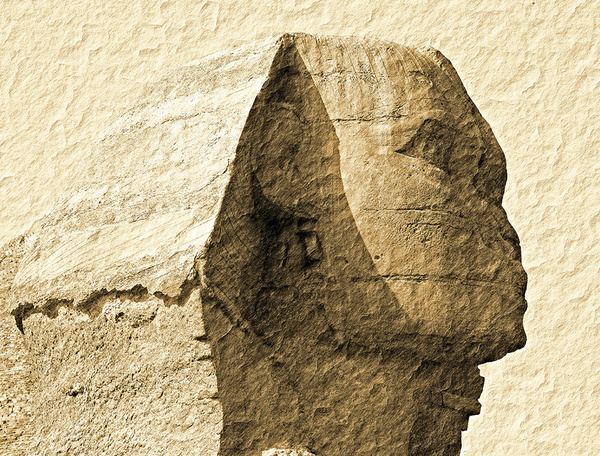Egypt – An Ancient Civilisation : and The Life Here-after

According to Egyptian belief
man lived on after his death just as he had lived on earth. His body, however,
must not be destroyed, so that his soul, which had left the body after dying,
could find its way back. The Egyptians therefore preserved* the dead by turning
them into mummies*. In a special treatment some inner parts of the body were
taken out. Then a special salt, natron, actually an Egyptian word, was used to
dry the body out. Finally it was wrapped up with linen bandages and the face
covered with a mask. Often a so-called Book of the Dead was placed into the
tombs of rich people. Its magic was supposed to help the dead on their way to
the after-life. Everything a human being needed for living was put into the
tomb. Only wealthy people, however, could pay the costs of mummification, and
the tombs of the poor looked much less magnificent. Poorer people were buried
in the desert sand, covered with a mat and protected with a heavy stone.
Before he could continue his
‘life’, the dead had to face a trial* before Osiris, the god of the underworld,
in the Hall of the Two Truths. The spirit of the dead had to state whether he
had lived as a good person. Anubis, the jackal-headed god, tested his claim by
balancing his heart on scales* against the feather of truth. If he had lied, a
terrible beast would swallow him. If the scales balanced, the spirit would pass
into the after-world.
The Egyptians worshipped a lot of gods and
goddesses, more than 700, some say up to 2000, among them many local gods.
Besides Osiris and his wife Isis, there was Horus, their son. Then there was
the sun god Re, thought to be the lord of creation, who was later combined with
Amun Re, the god of the town of Thebes. Temples were the homes of the more
important gods. Such a place was like a small town with library, school,
workshops, store-rooms and living quarters for priests, craftsmen and workers.
As a temple usually owned a lot of farmland, many people worked for it and
depended on the food given by the temple. The main source of the wealth of
temples were the taxes, the population had to pay. The most important part of
the temple was a small dark room, the sanctuary*. Only priests were allowed to
enter it. Every morning a priest looked after the god, who was believed to live
there. The priest sprinkled water on the statue of the god, changed its
clothing, and offered it food and drink. Priests had a privileged position in
society. The power of some high priests was nearly as great as that of the
pharaoh.
All the ceremonies connected with the
burial of the dead, the extravagant great tombs and all the ideas of life after
death, could give the impression that the ancient Egyptians had no doubts that
after death life would go on as before. But in the course of time people seemed
to have become less sure. At the drinking parties of well-to-do Egyptians, so
we read in Herodotus, it became the custom to show round the image of a dead
body. Then the guests would be told to eat (and drink) and be cheerful.
Otherwise, they were warned, they would die and look like the person in the
image. And the text of a song, found in a tomb in Thebes, ends with the lines
saying that no-one, that has passed away, has ever returned.
Certain topics and persons of ancient
Egyptian history have been of special interest for many centuries. So we have
Shakespeare’s drama ‘Antony and Cleopatra’ and Hollywood films with Cleopatra.
Then there are stories and films about mummies, often horror stories that seem
to fascinate people. In Agatha Christie’s detective novel ‘Death on the Nile’
(1937) one of the characters comments at the sight of the magnificent temple of
Abu Simbel: “I’m not much of a fellow for temples…, but a place like this [is
simply fascinating] … These old Pharaohs must have been wonderful fellows.”











Post a Comment